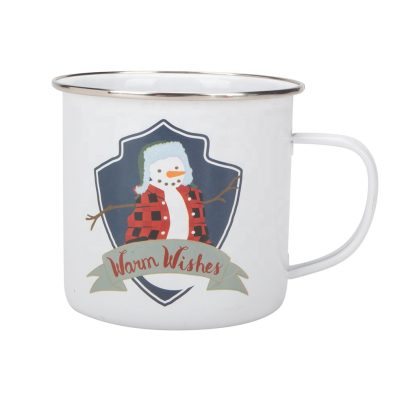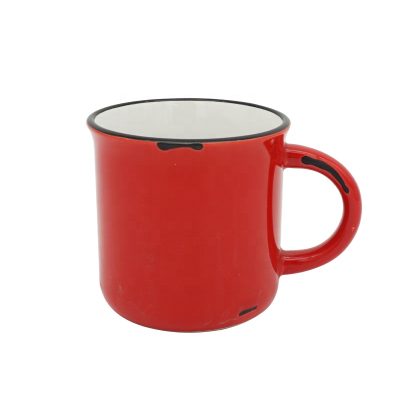1. Color of bone china:
Bone china has a natural milky white color because it contains bone powder. In layman’s terms, it is a little yellow. This feature cannot be imitated by any other kind of porcelain. Several major types of porcelain, such as white porcelain, shell porcelain, and pearl porcelain are all pure white, and that pure white can be described as bluish white. Secondly, they are also bone china, and the degree of yellowing can be seen. The level of bone powder content in the bone china itself, for bone china, the bone powder content is an important technical indicator to distinguish the grade of bone china. On the contrary, if the bone meal content is low, the yellowness of the bone china itself is very obvious.
2. The permeability of bone china:
Another important external feature of bone china because of its own formula is permeability, but this feature is not exclusive to bone china. Now, as long as the shell china, white china, and pearl china on the market are made thinner, there is also a common feature. Permeability, but bone china is different from their permeability. For the majority of customers and friends, it is very convenient to see the difference in permeability by looking at the bowl-shaped container and upside down the bowls of different porcelains. On the bulbs, they show different permeability effects. The high-grade bone china with high bone powder content is overall transparent, and the bone china with low bone powder content is obviously different from other types of porcelain in the permeability effect.
3. The sound of bone china:
Another important external feature of bone china because of the formula is the sound when the bone china collides. Put two high-grade bone china bowls on the flat hands and collide. Note that bone china is high temperature. The hardness of the fired porcelain is very high. Such a collision will not be damaged. Please rest assured, you can collide with a little force. After the collision of high-grade bone china, the sound is the same as ringing a bell The crisp “clang” sound has an echo, and the echo lasts for a long time, while the other porcelain types emit a dull “ding” sound, and there is basically no echo.







